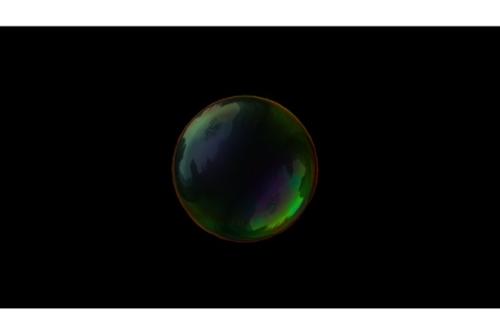Symposium mit Prof. Dr. Rüdiger Glaser (Physische Geographie, Universität Freiburg), Dr. Nemiah Ladd (Ökosystemphysiologie, Universität Freiburg), Friedrich Neu (Geographie des Globalen Wandels, Universität Freiburg) und Susanne M. Winterling (The Kalpana)
Sa, 04.07.2020, 14–18 Uhr
Das Symposium Desert futures beschäftigt sich mit Fragen, die die Zukunft unseres Planeten vor dem Hintergrund des Klimawandels und der zunehmenden Desertifikation weiter Teile der Welt betreffen. Ein Fokus liegt auf Prozessen und Folgen von Trockenperioden und Dürren unter geografischer Perspektive sowie unter Laborbedingungen in der Biosphäre 2. Was können wir vom biodiversen Leben in der Wüste lernen, um eine trockenere Zukunft zu bewältigen? Welche Möglichkeiten und Grenzen liegen in der Verbindung von wissenschaftlichen, spekulativen und künstlerischen Ansätzen bei der Entwicklung realistischer Zukunftsvisionen? Was für Methoden und Lösungsansätze lassen sich entwerfen, die sowohl soziale als auch ökologische Gerechtigkeit berücksichtigen? Ausgangspunkt des Symposiums ist die aktuelle Ausstellung im Kunstverein Freiburg In desert times des Kollektivs The Kalpana: Die Präsentation ihres spekulativen Wüstenplaneten als Ort für Zukunftsimaginationen, Science-Fiction sowie von künftigen Spezies, Artefakten und Codes.
14:00–14:30 / Heinrich Dietz und Antonia Lotz, Begrüßung und Einführung
14:30–15:15 / Prof. Dr. Rüdiger Glaser, Desertifikation – Eine Einordnung aus geographischer Perspektive
16:20–16:40 / Friedrich Neu, Fragen der Klimagerechtigkeit
16:40–17:00 / Susanne M. Winterling, Planetary sensing – In desert times




![Blackwash [working title]](/sites/default/files/styles/medium/public/56fe8ebf-7f16-4486-a251-6d85b1e906c3_4_5005_c.jpeg?itok=rIFeYRMo)












